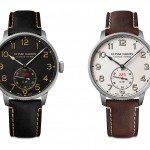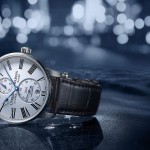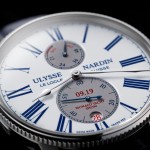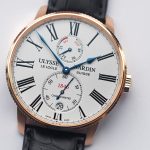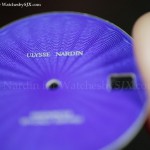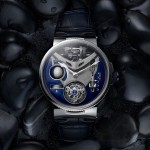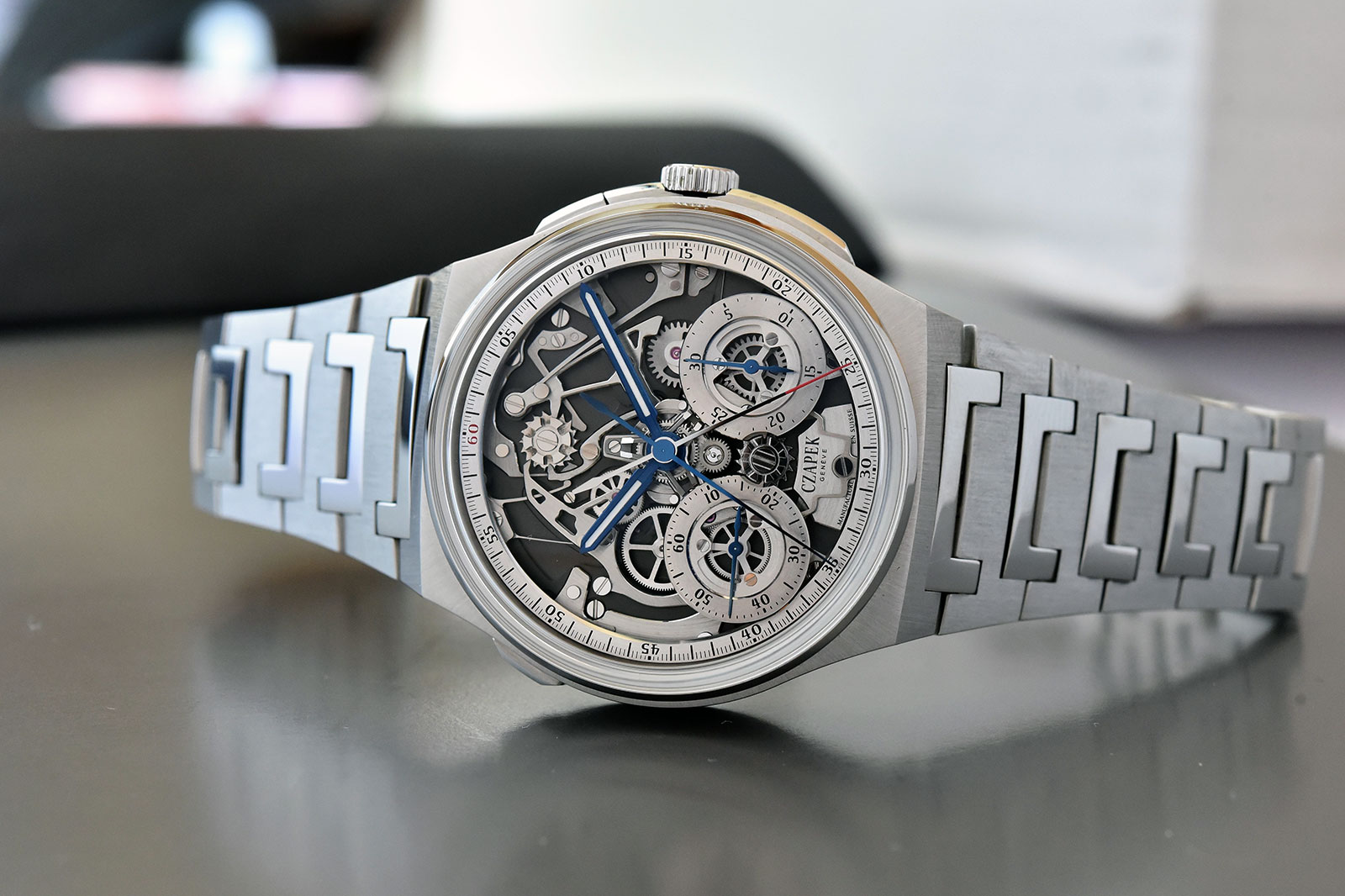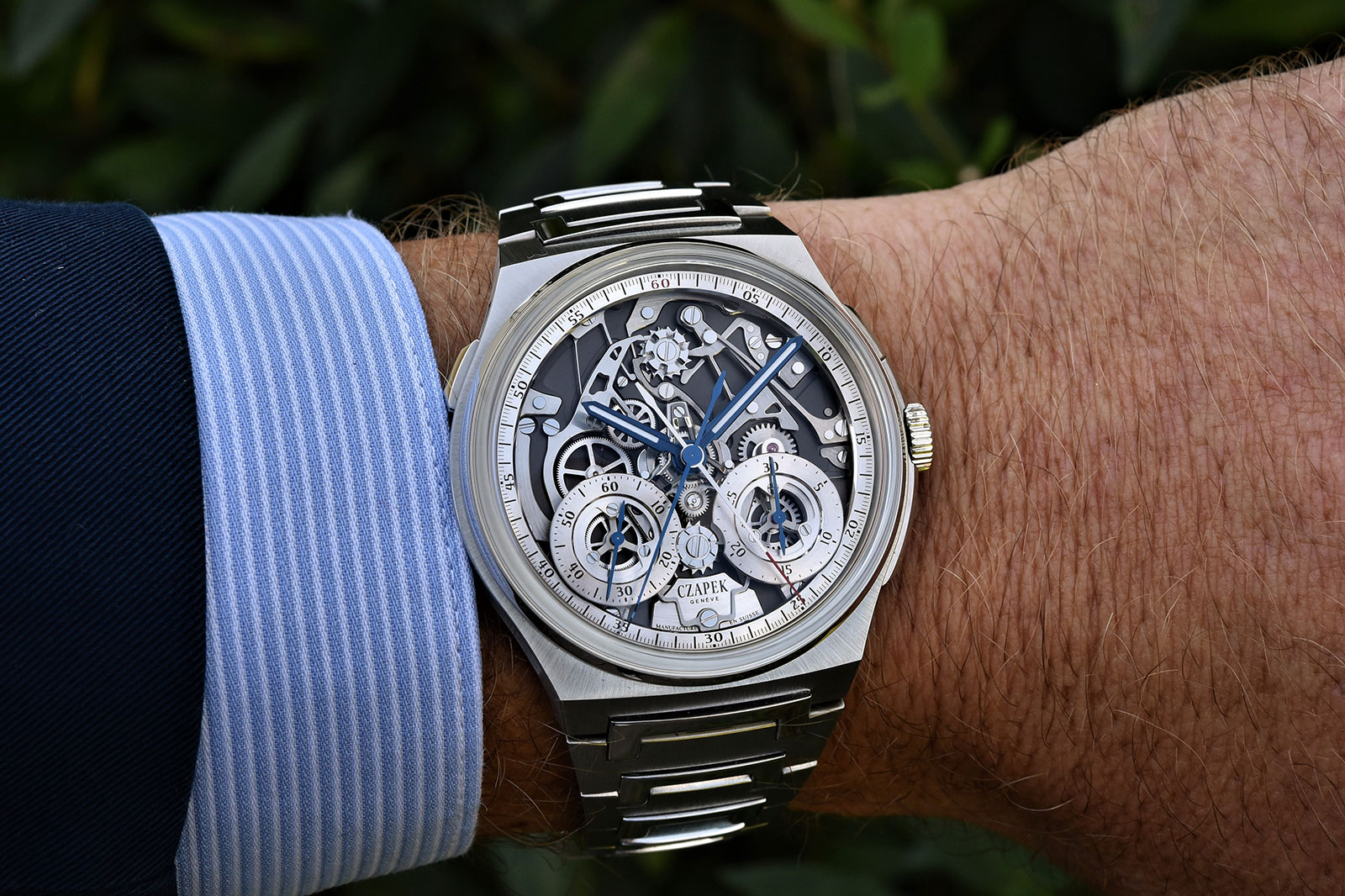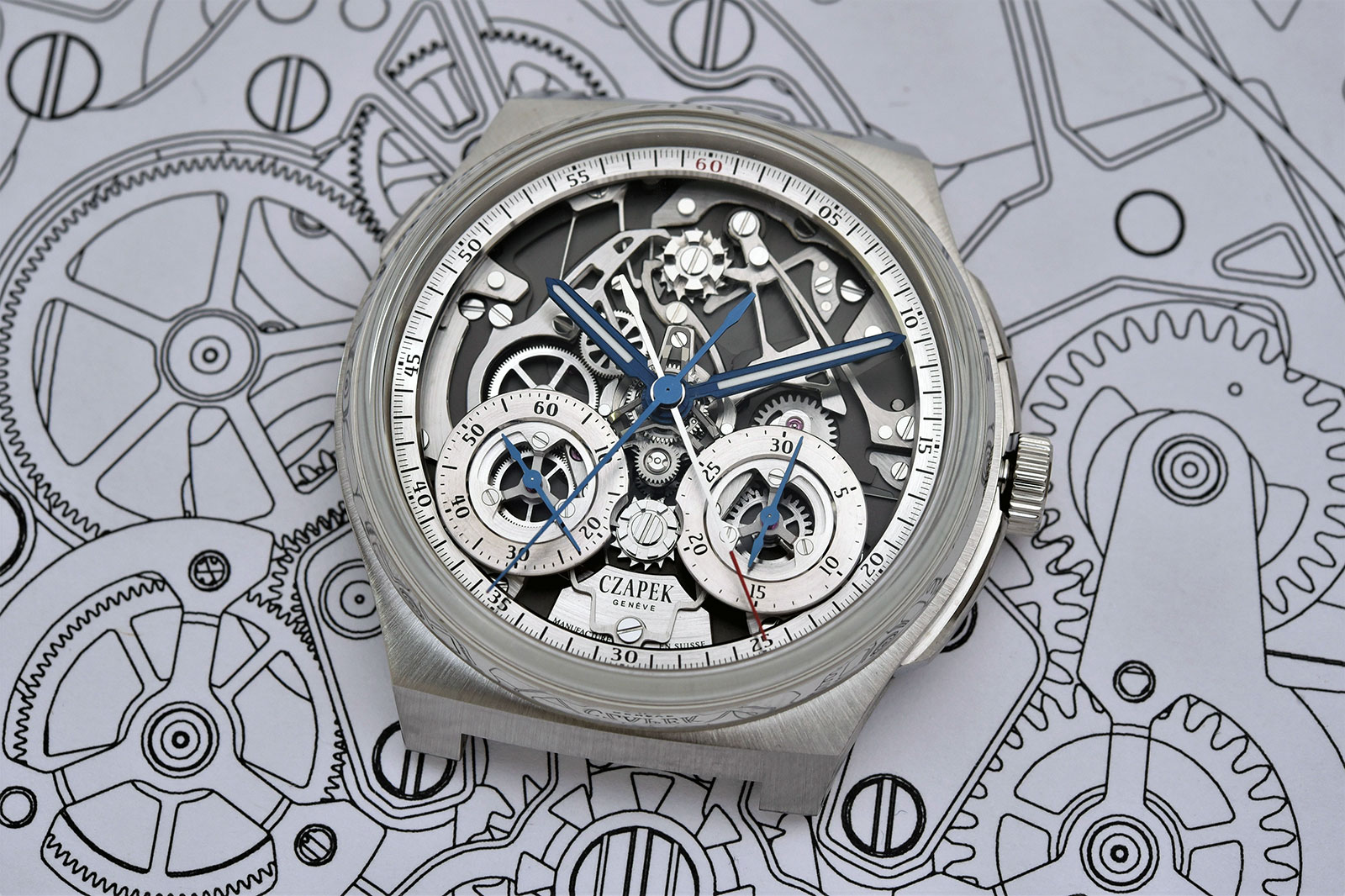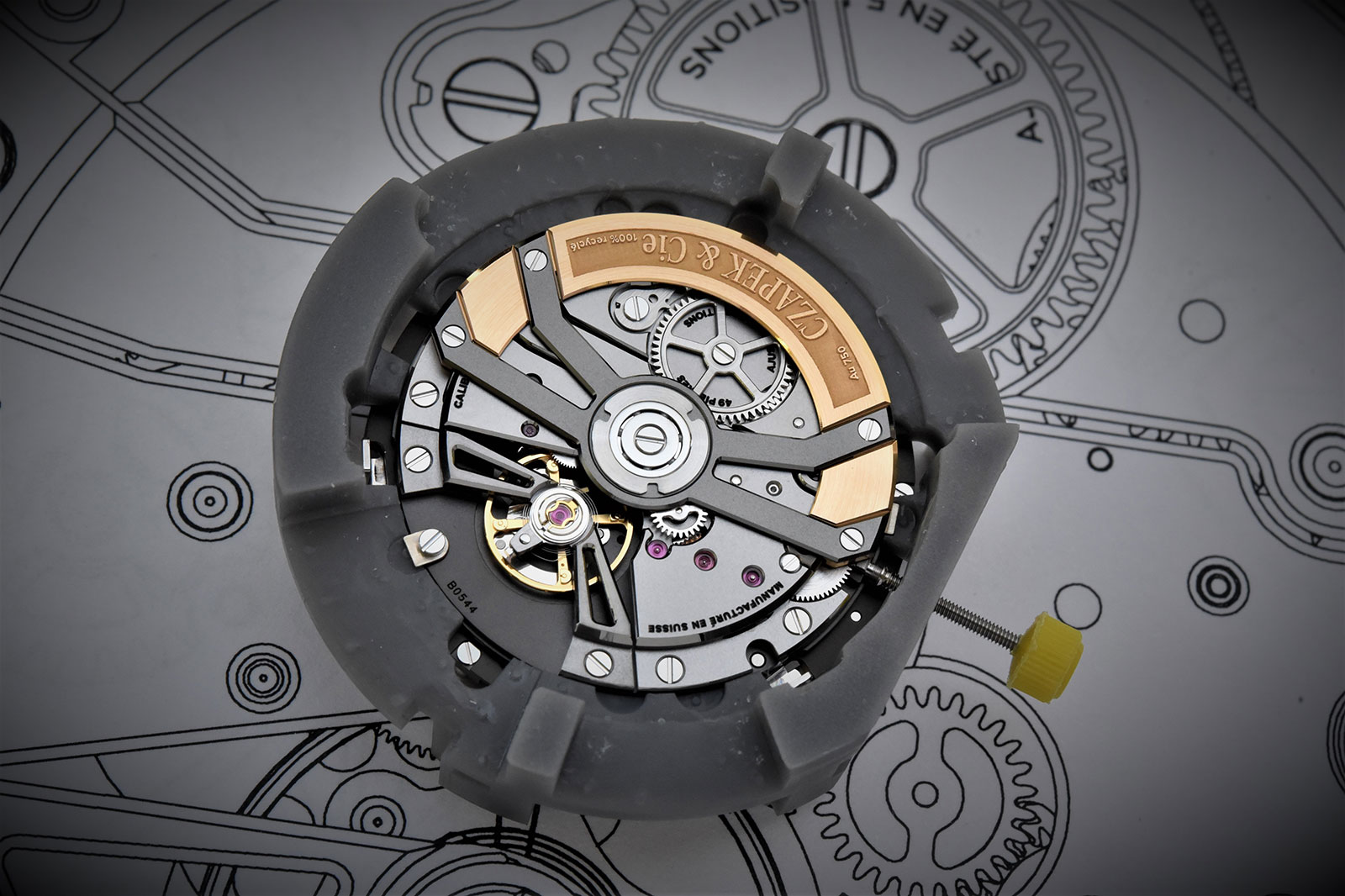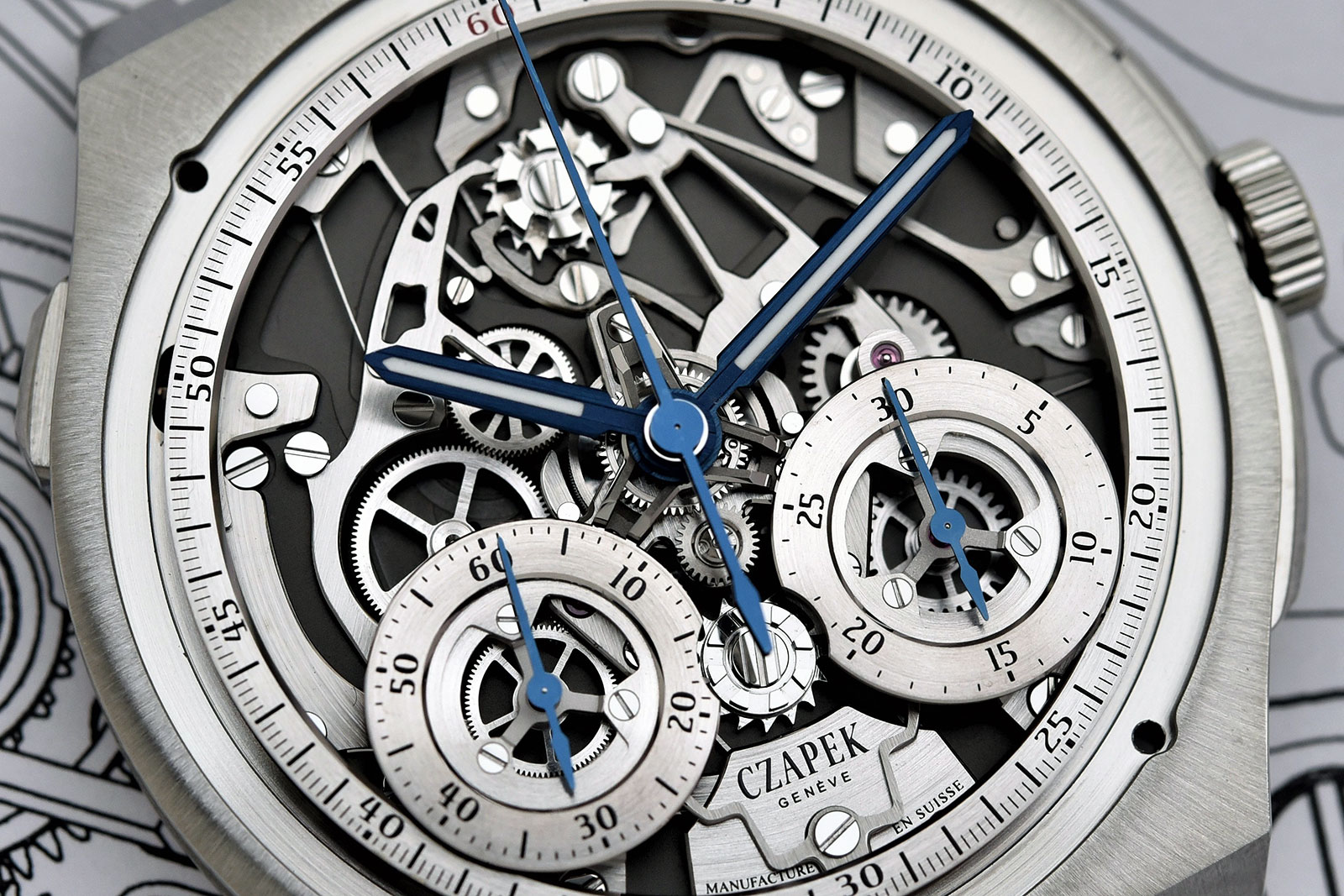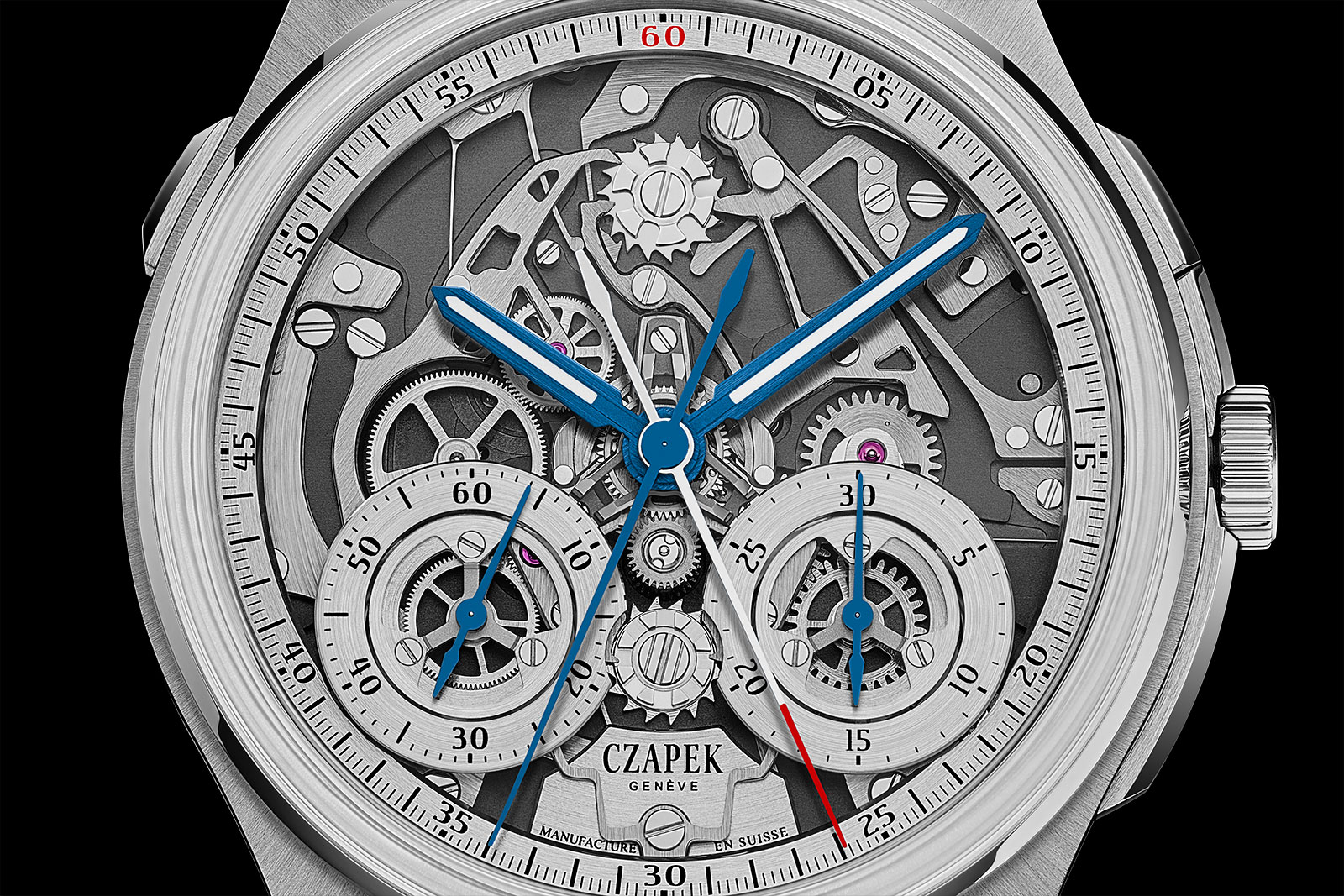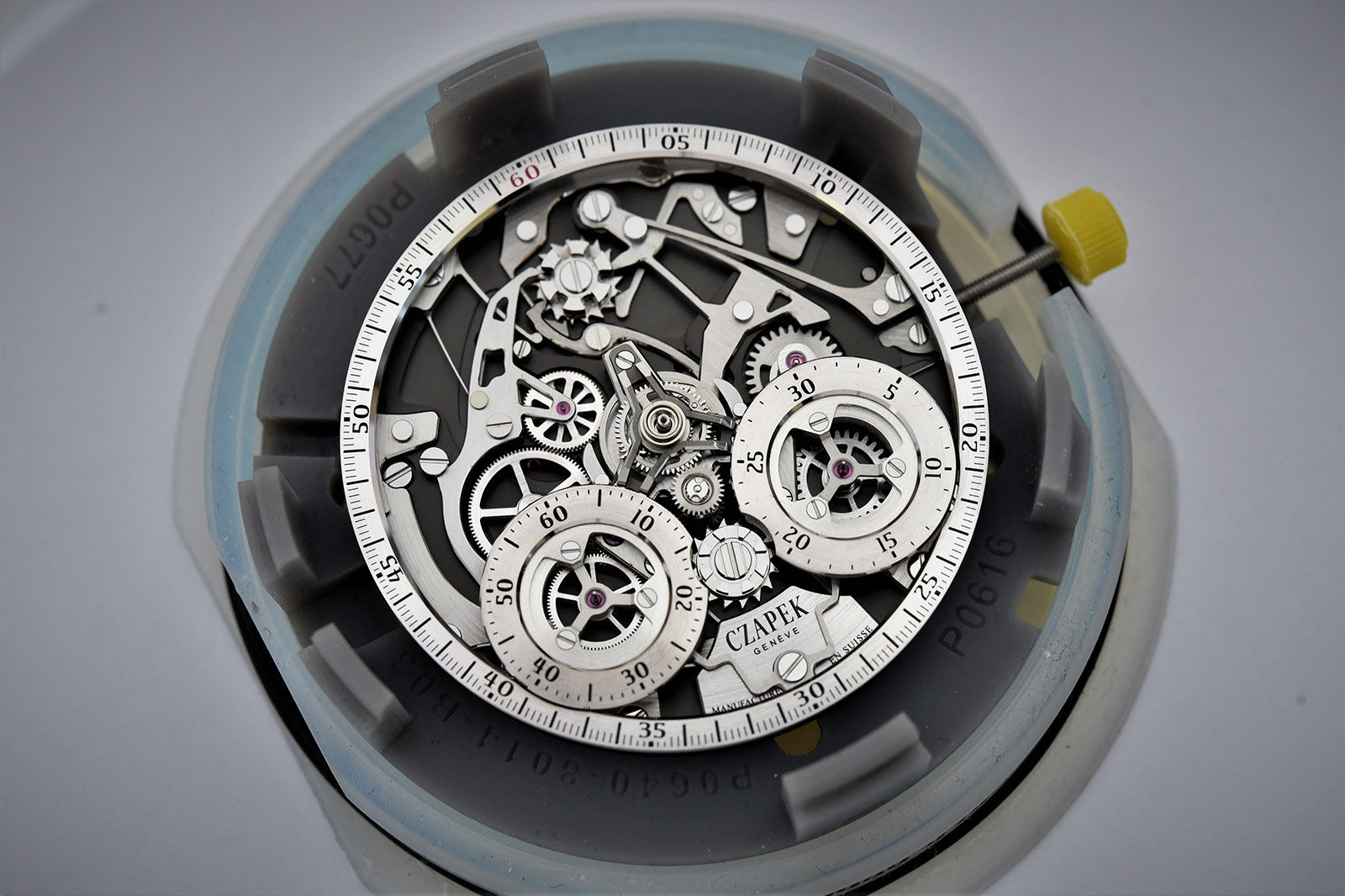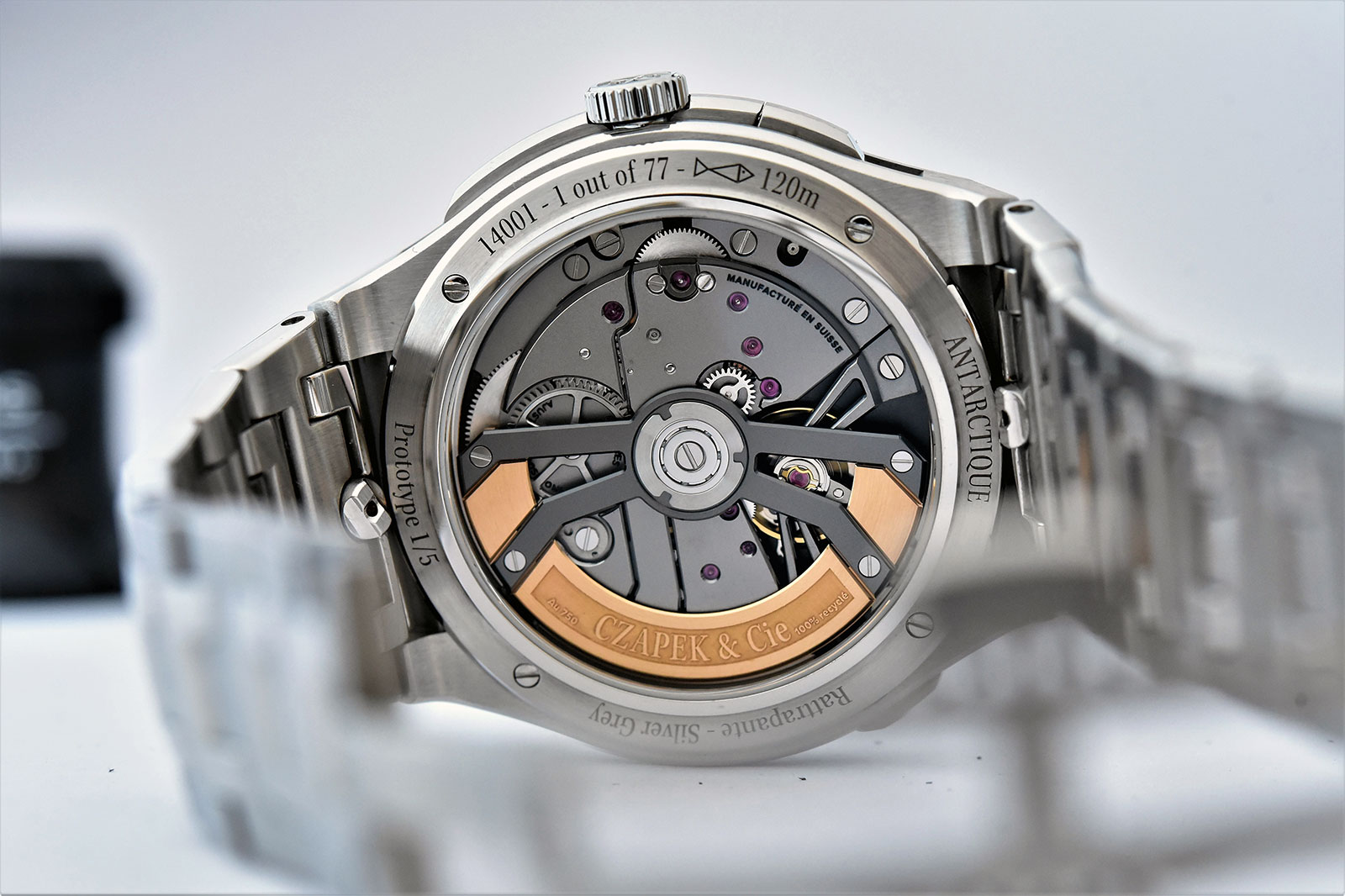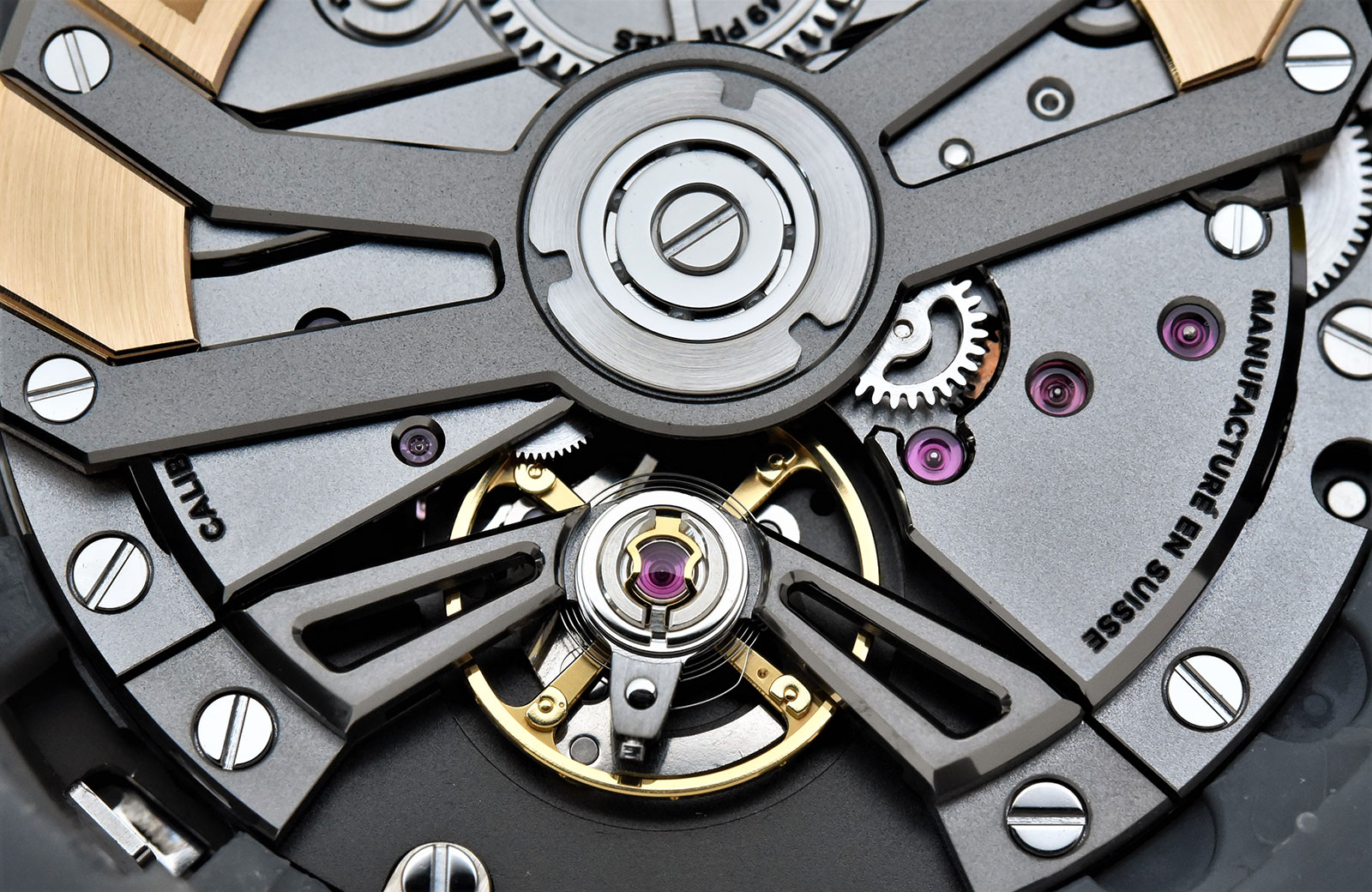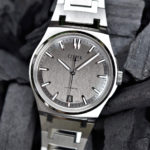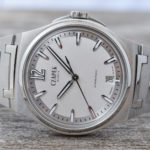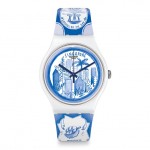Ulysse Nardin Debuts the Marine Torpilleur 175 Years Collection
Value-minded sports watches with complications.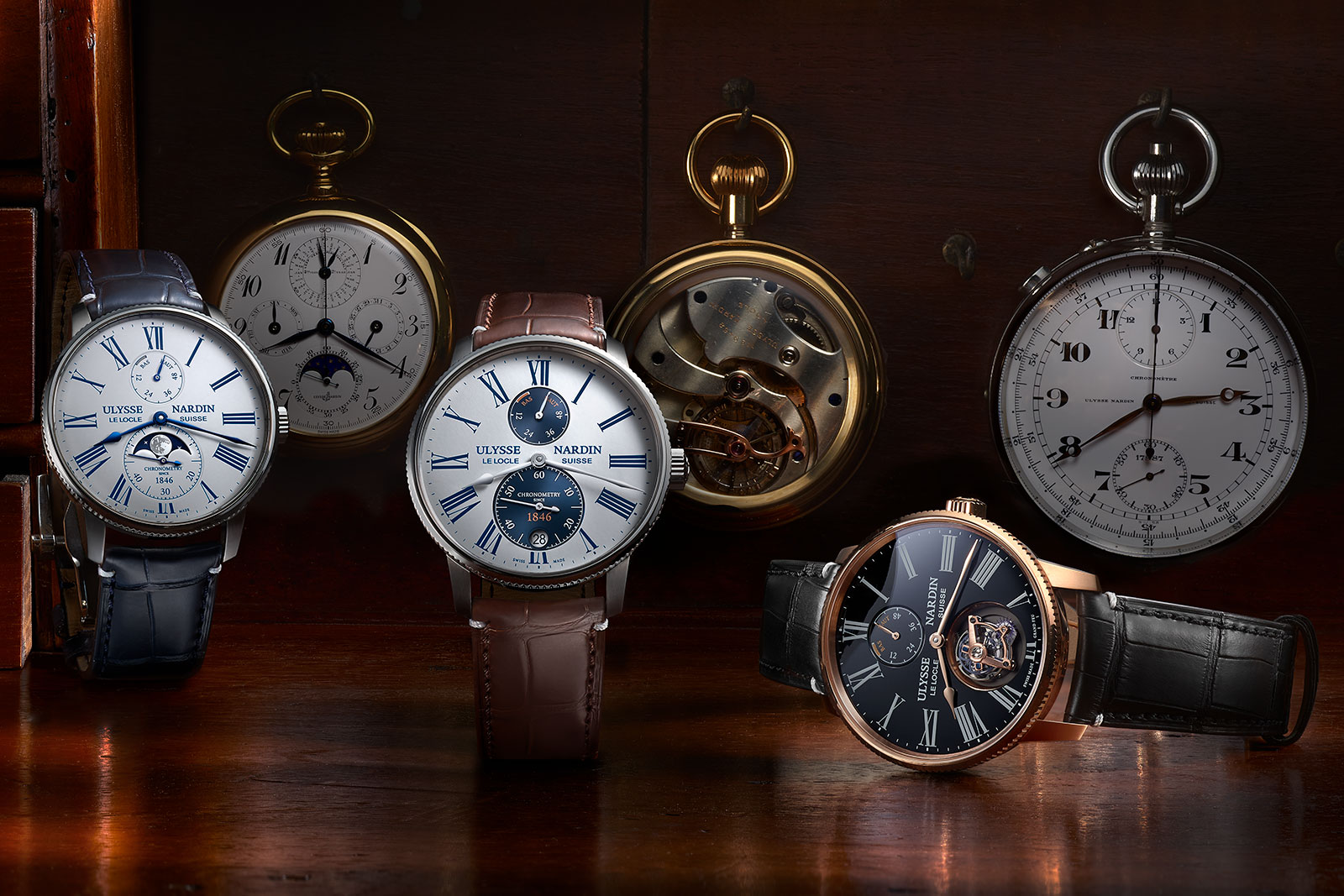
Historically a major producer of marine chronometers, Ulysse Nardin has repurposed the concept in the modern day for its bestselling line of wristwatches that retain the face of a marine chronometer while having in-house movements and eminently reasonable prices.
For its 175th anniversary, Ulysse Nardin has unveiled the Marine Torpilleur 175 Years collection, a suite of limited-edition watches starting with an affordable base model and ending with a range-topping tourbillon featuring a fired-enamel dial.
Initial thoughts
Originally introduced as an entry-level Marine model – it was named after a torpedo boat – the Marine Torpilleur has been successful enough that it’s now an entire anniversary line up. The expansion of the line is a good thing, because the Torpilleur is classically handsome and generally good value.
All the Torpilleur models are largish at 42 mm in diameter, but most are slim, with heights of about 11 mm, though the chronograph is understandably wider and thicker. As a result, they appear relatively thin on the wrist, especially for a sporty watch.
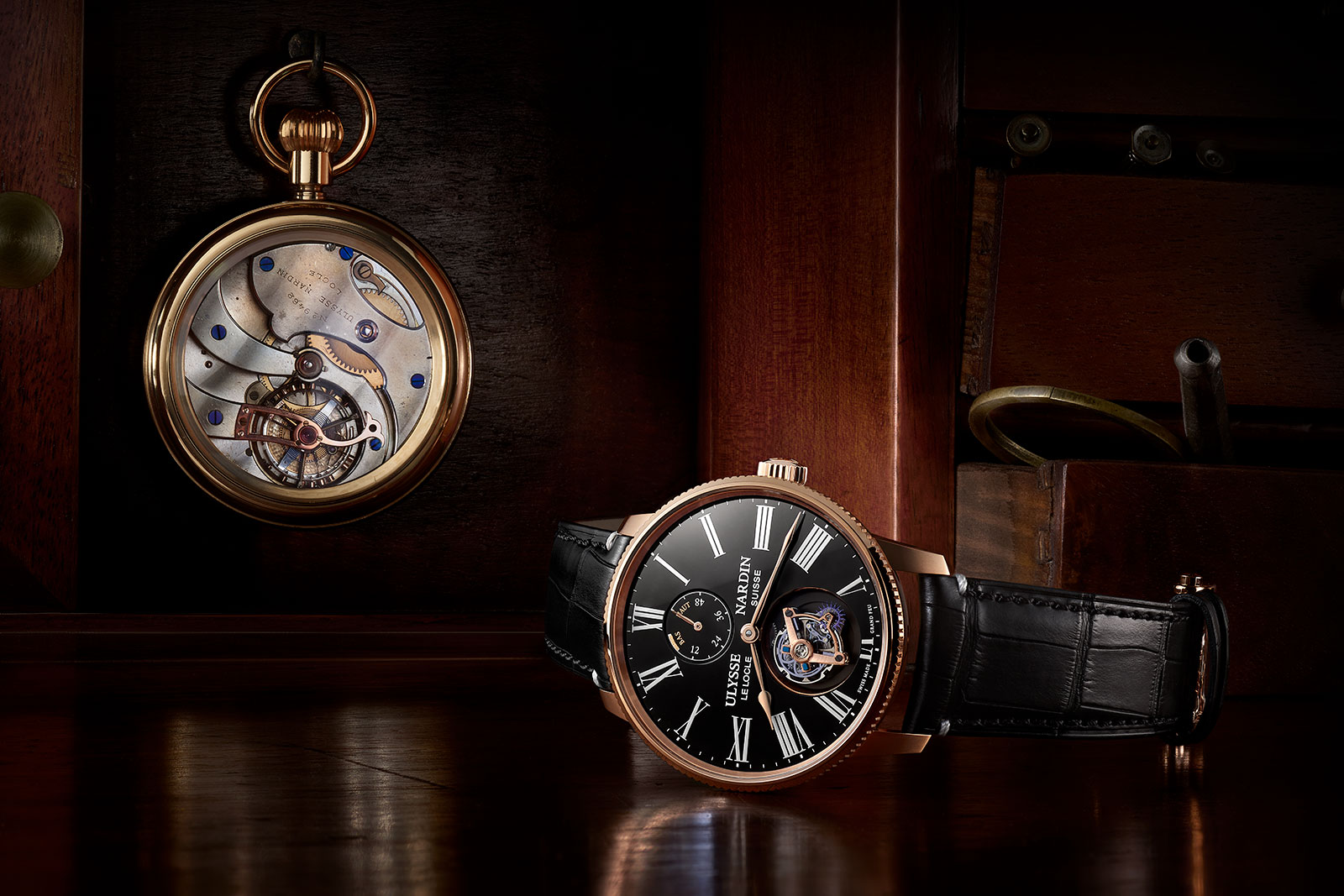
The tourbillon with a black enamel dial, and next to it a vintage Ulysse Nardin chronometer pocket watch with tourbillon regulator
And the watches are all equipped with high-spec in-house movements, which is a big factor in their value propositions. Even the base model, which costs US$8,200 in its simplest version, is equipped with the UN-118, a movement that has a silicon hairspring and escapement, along with a 60-hour power reserve.
The new Marine Torpilleur has something for everyone, though the Marine Torpilleur Moonphase is a standout. It incorporates a moon phase into the marine chronometer dial, which adds a little bit of romance to the functional, old-school dial.
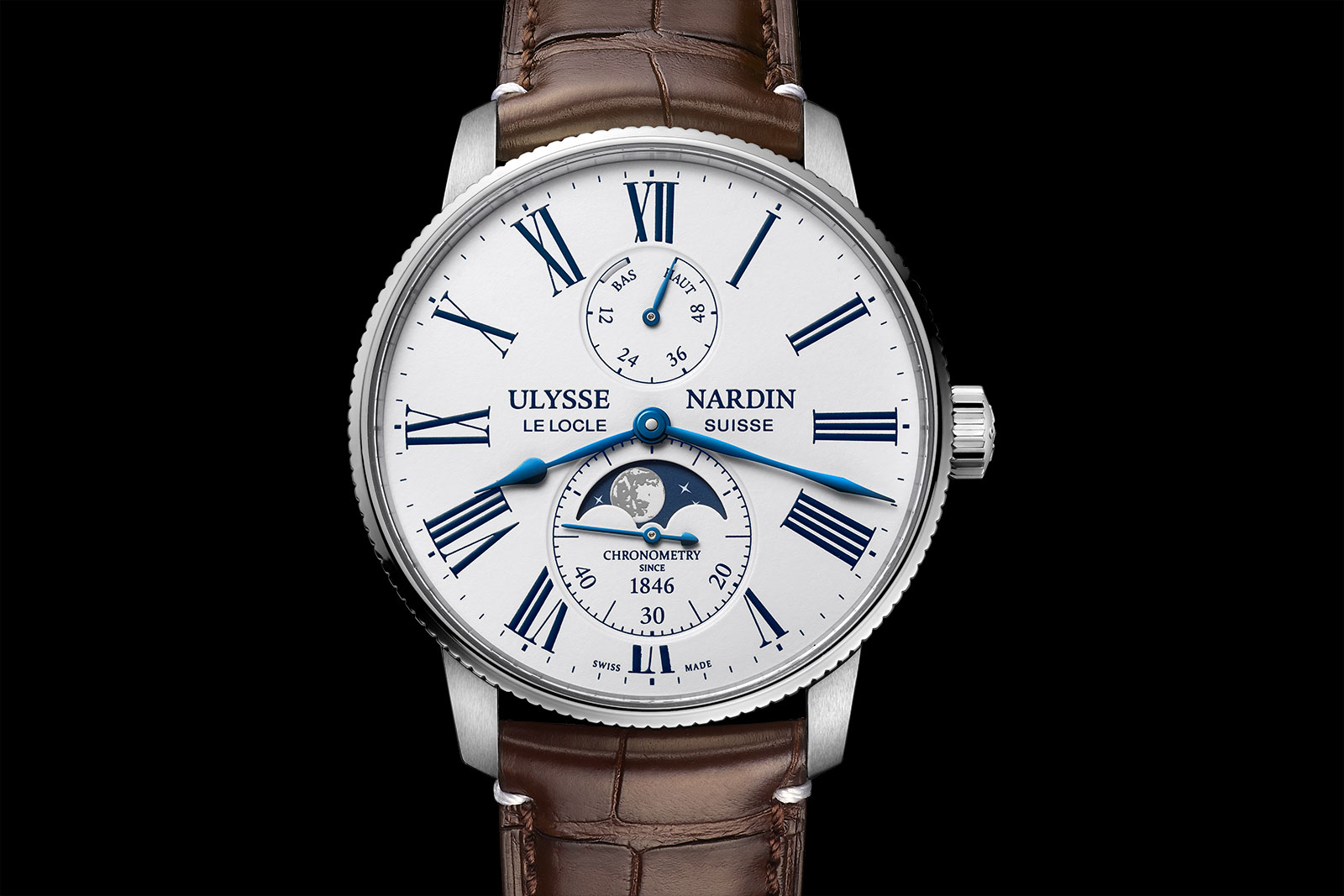
The Marine Torpilleur Moonphase
Marine Torpilleur 42 mm
Another notable watch is the fancy version of the entry-level model, the Marine Torpilleur Blue Enamel. It has a dial in an uncommon dark blue fired enamel. The enamel dial version costs almost 40% more than its counterpart with a white dial, but it’s an arguably worthwhile upgrade.
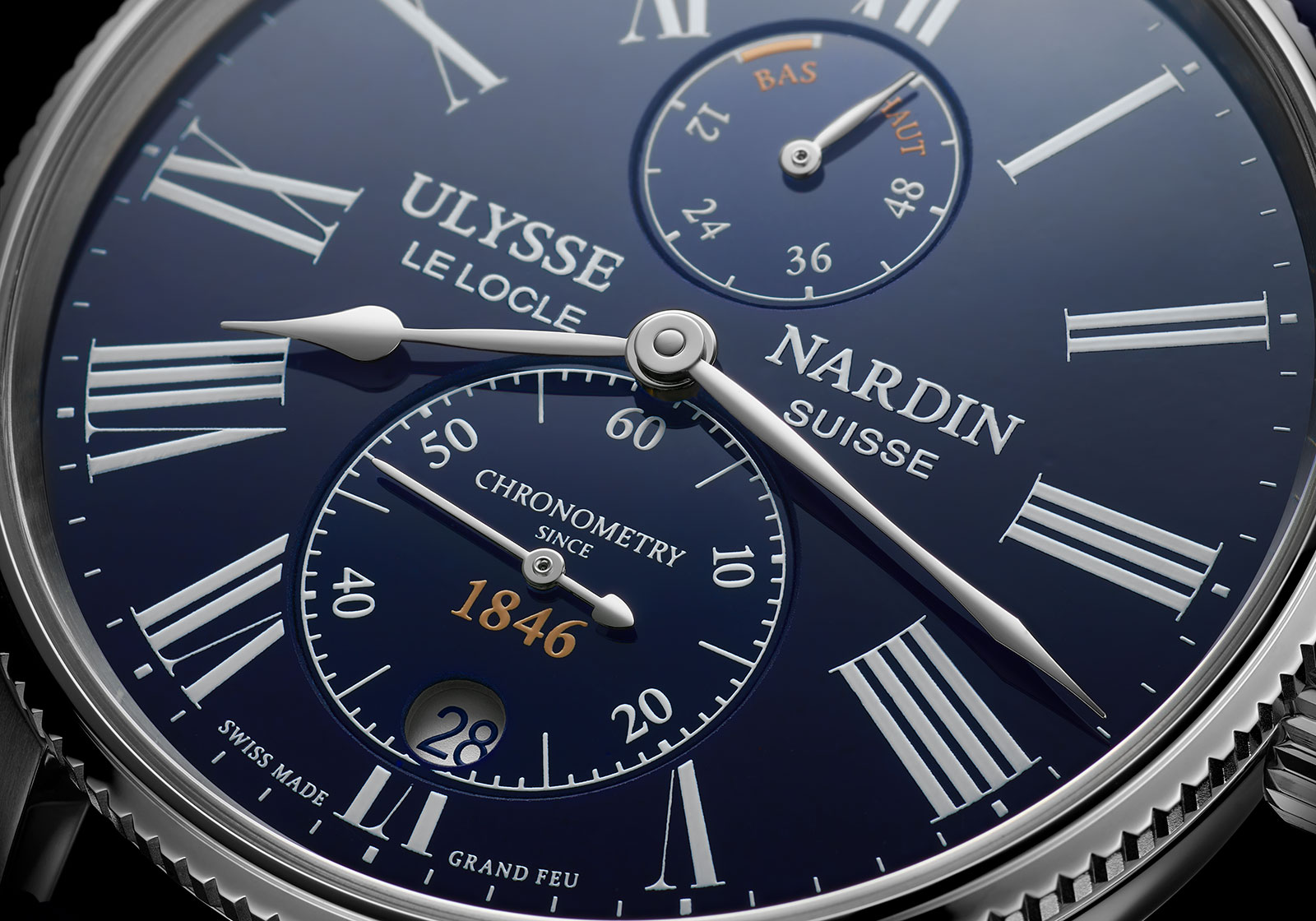
The other base model is the “Panda”, which has a white, grained dial matched with blue sub-dials and numerals in dark blue.
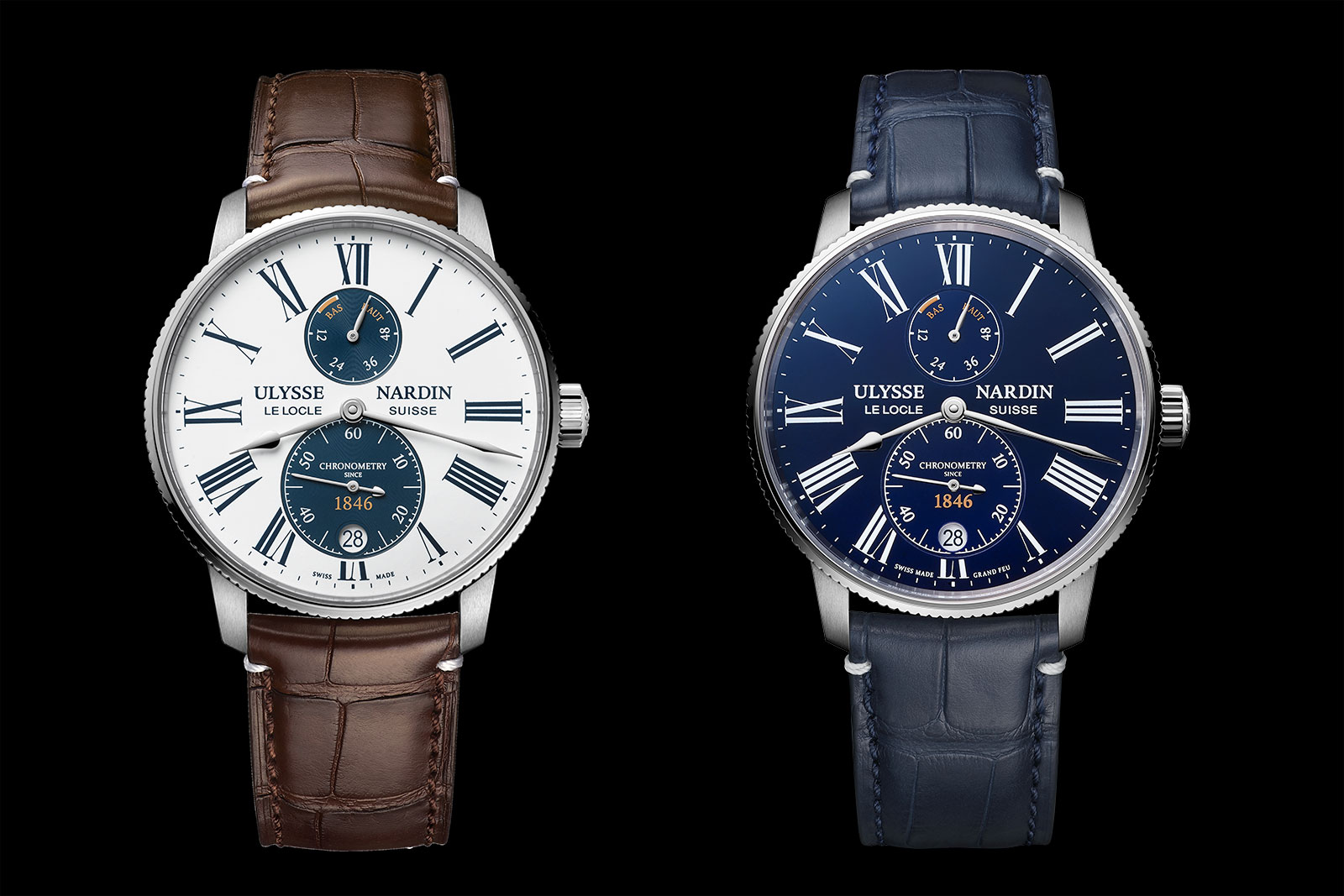
Marine Torpilleur Moonphase
For a little more, you can have the Marine Torpilleur Moonphase, which is essentially identical to the base model, save for the additional of a moon phase at six o’clock.
Mechanically it’s a simple upgrade, but it does add to the aesthetics of the dial. And it is also unusual to have a moon phase in a sports watch.
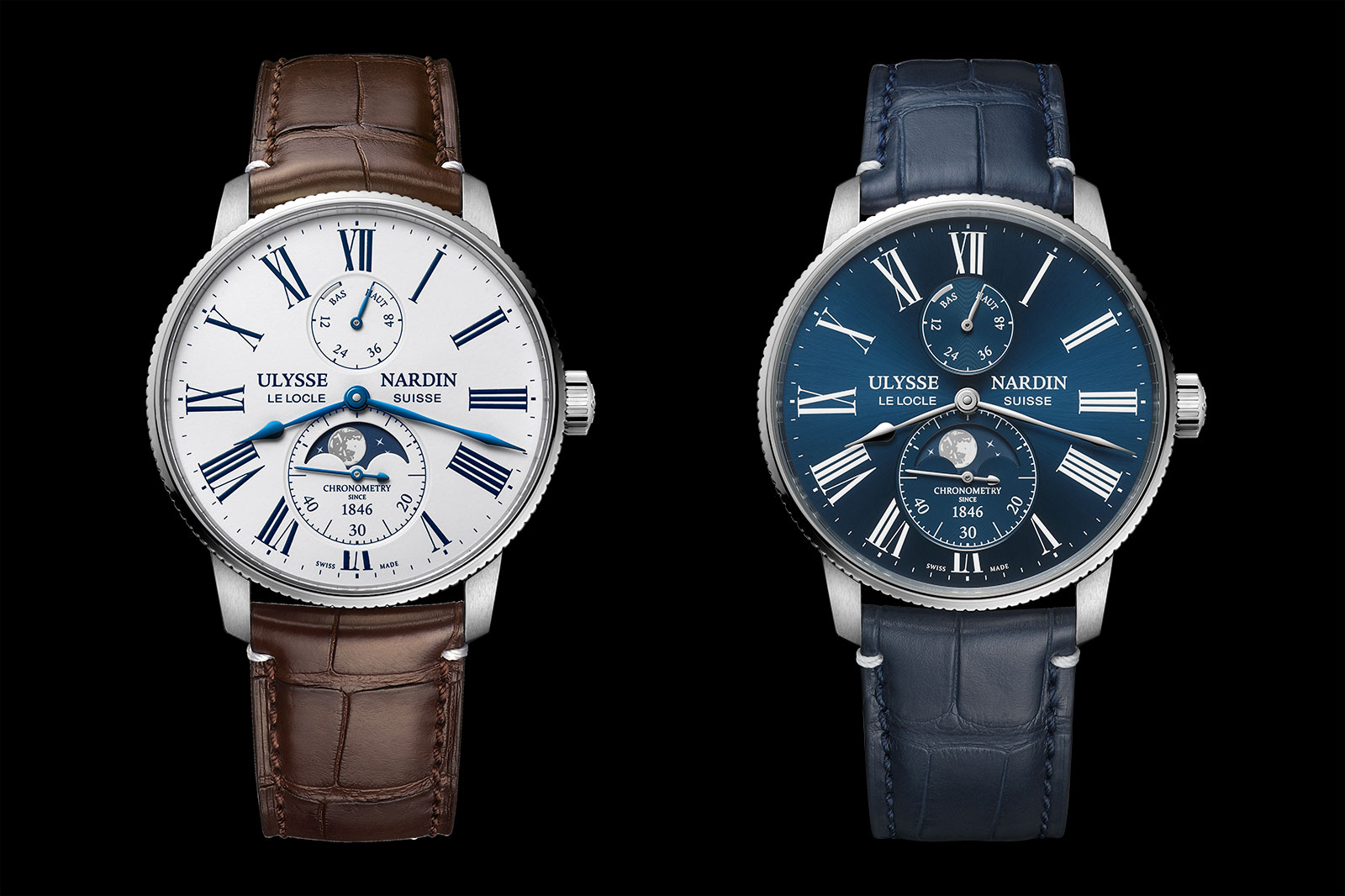
The white dial is matte and grained, while the blue dial is metallic and radially brushed
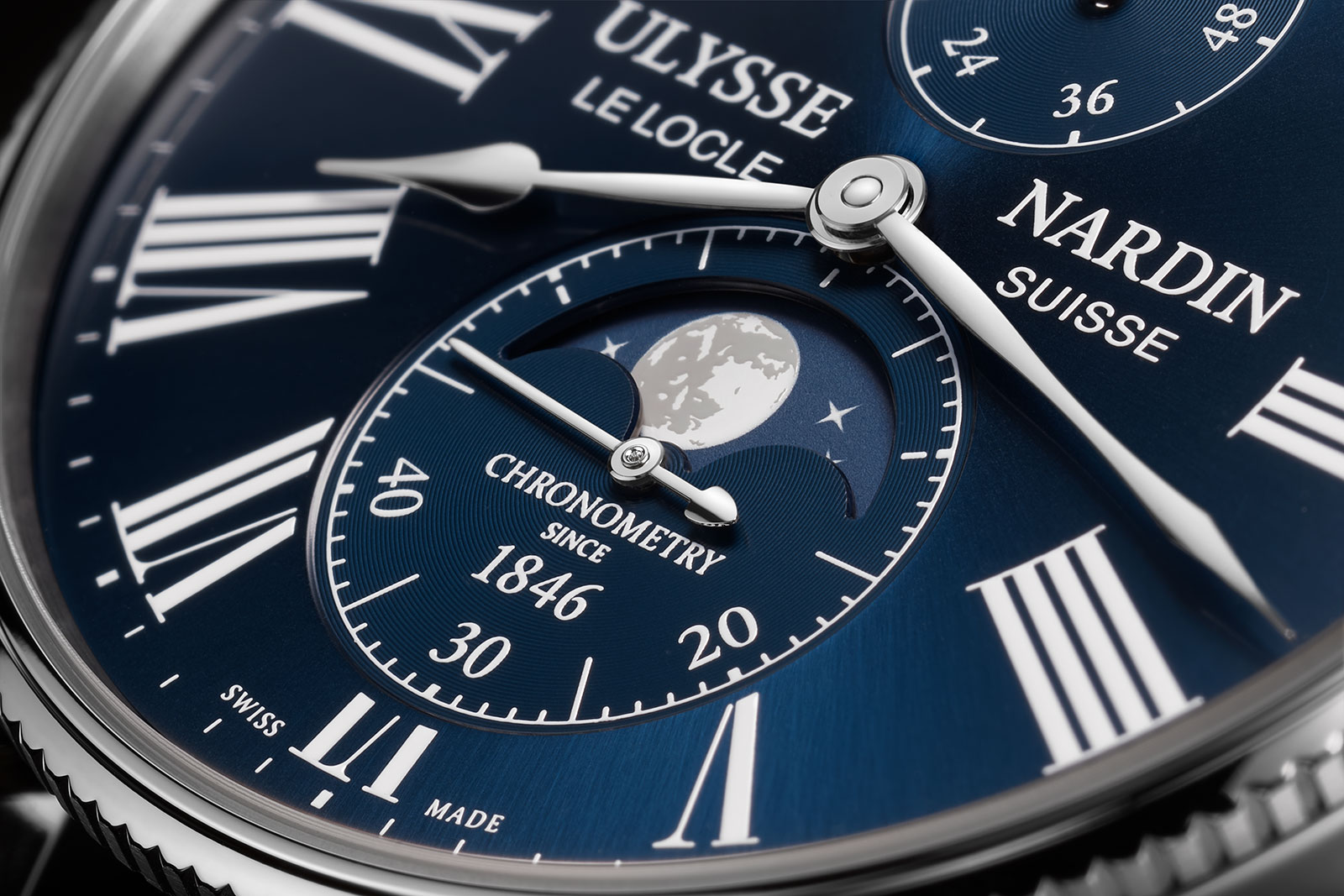
The moon phase is a disc with a galvanic treatment and printing, with the moon rendered in a fairly realistic manner
Marine Torpilleur Chronograph
The chronograph is the largest of the line at 44 mm wide and over 13 mm high, so it lacks the elegant lines of the other models. The size, however, does contribute to the sporty look. But the size does mean the chronograph registers cluster uncomfortably in the centre of the dial.
But it arguably offers the best value amongst the range, because it combines both an integrated chronograph movement and annual calendar, all for US$12,100.
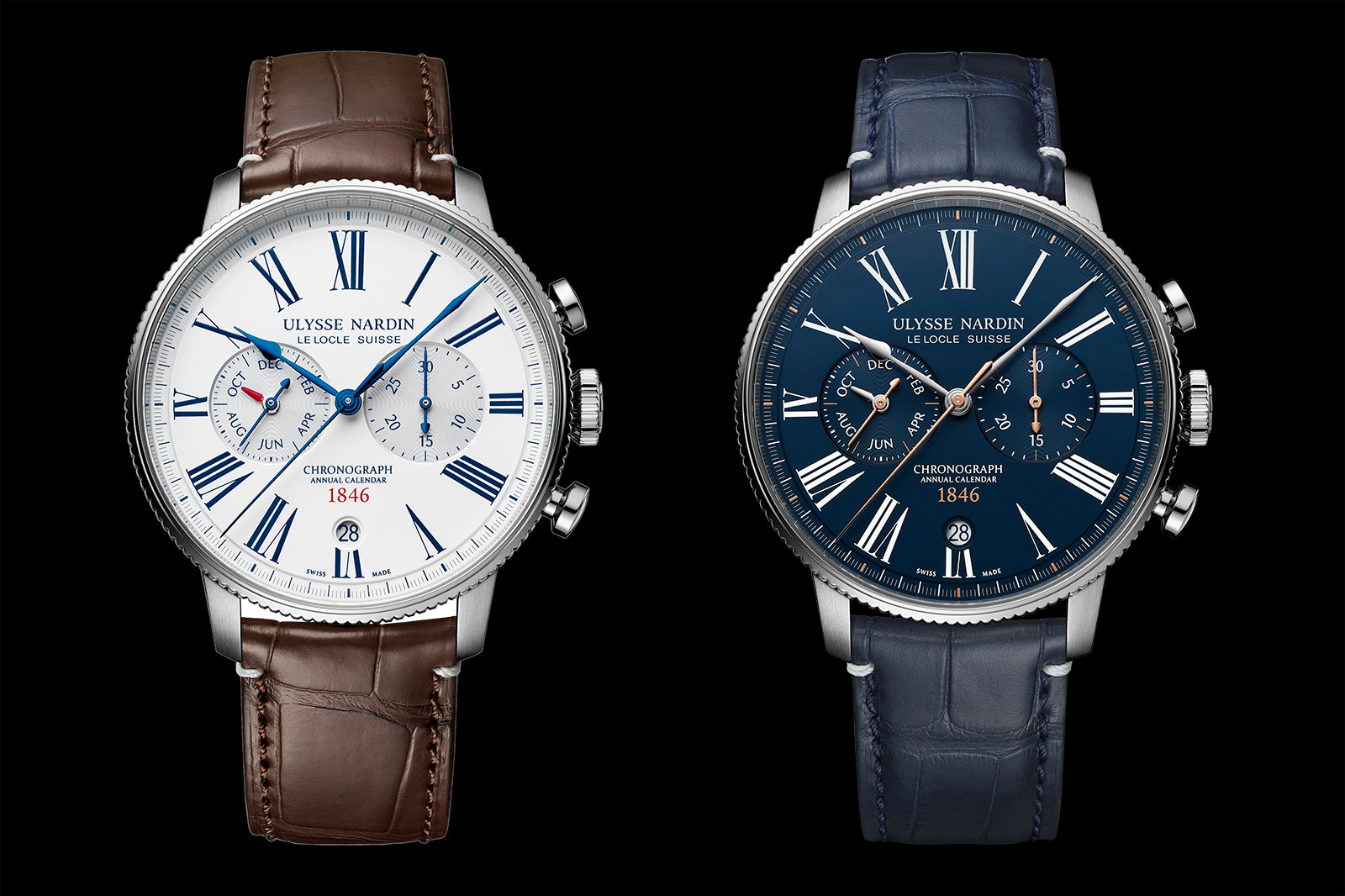
Marine Torpilleur Tourbillon Enamel
The top-of-the-line Marine Torpilleur is equipped with Ulysse Nardin’s surprisingly high-tech tourbillon movement. The flying tourbillon contains the brand’s patented constant-force escapement with an escape wheel and pallet lever in silicon, along with the hairspring. And it’s matched with a black enamel dial.
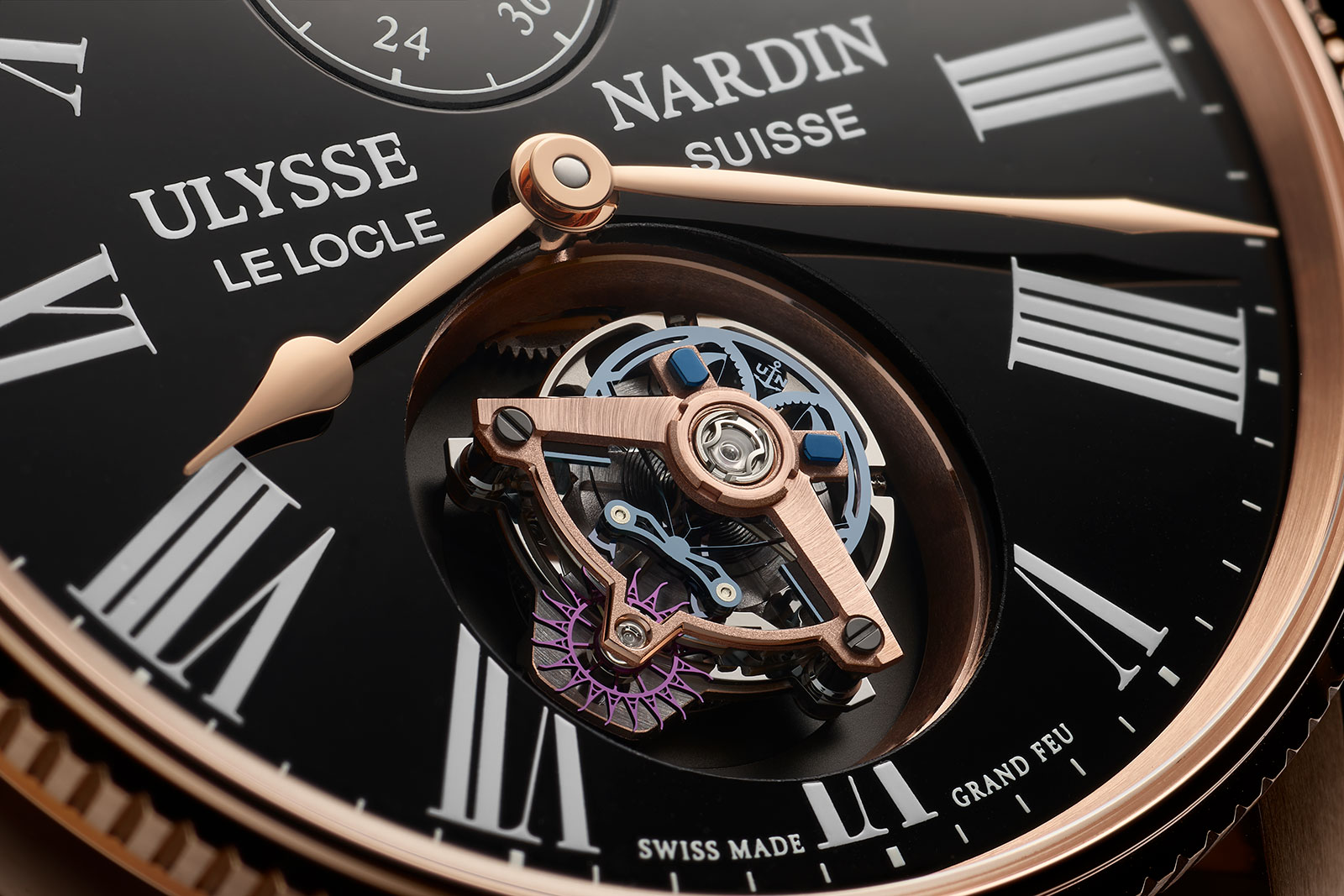
It costs a bit over US$48,000, which is unusually good value for a tourbillon of this calibre, and of course the enamel dial. That said, Ulysse Nardin makes a wide variety of tourbillons, which means the brand itself offers many other options that are similarly priced, so this is not necessarily the specific model to go for, especially since a similar marine chronometer look can be had for less.
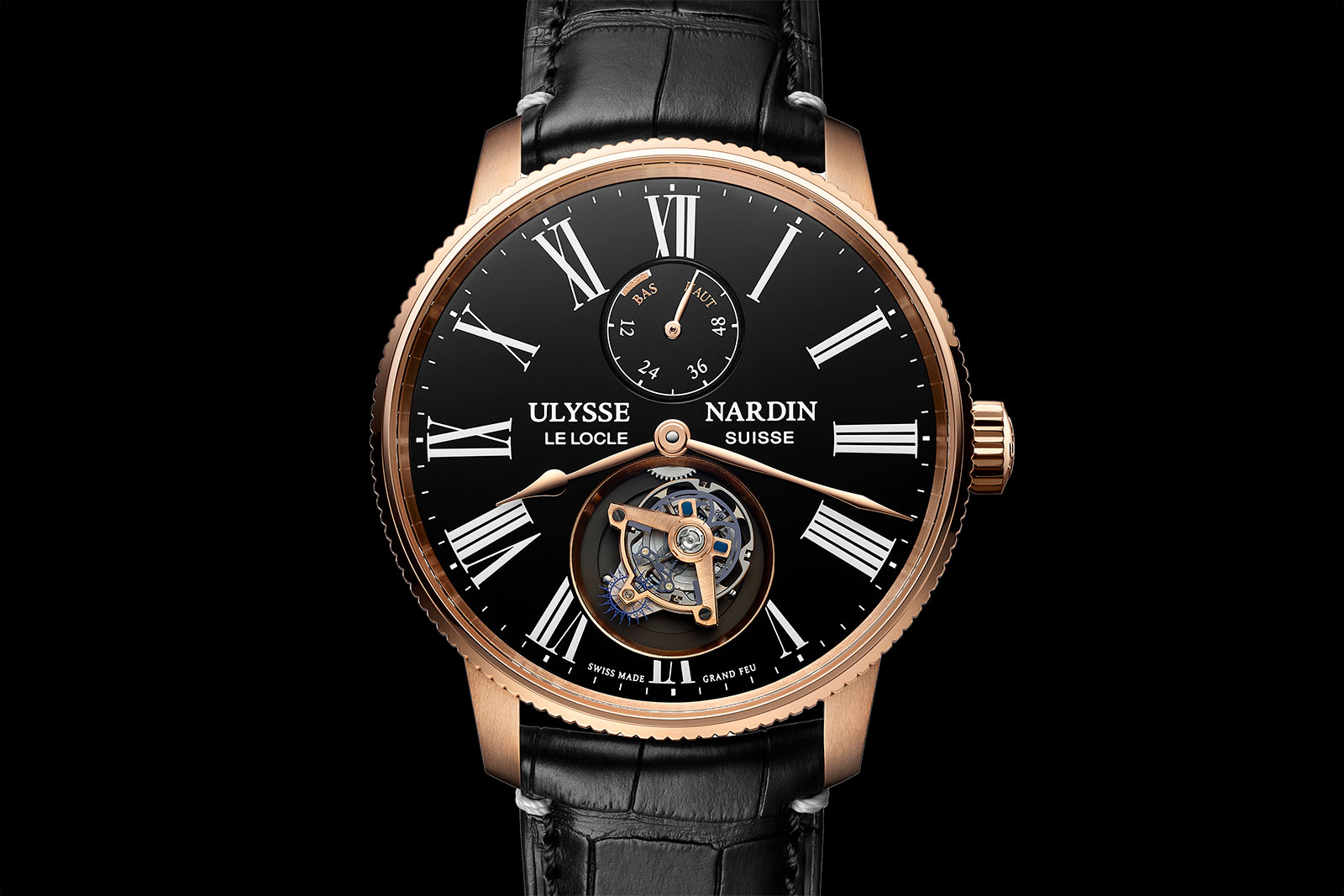
Key facts and price
Ulysse Nardin Marine Torpilleur 42 mm
Ref. 1183-310LE-3AE-175 (blue enamel)
Ref. 1183-310LE-0A-175 (Panda)
Diameter: 42 mm
Height: 11.73 mm (enamel dial); 11.13 mm (Panda)
Material: Steel
Crystal: Sapphire
Water resistance: 50 m
Movement: UN-118
Features: Hours, minutes, seconds; date and power reserve display
Frequency: 28,800 beats per hour (4 Hz)
Winding: Automatic
Power reserve: 60 hours
Strap: Alligator or rubber, or steel bracelet
Limited edition: 175 pieces (blue enamel); 300 pieces (Panda)
Availability: From Ulysse Nardin boutiques and retailers
Price: US$11,500 (blue enamel); US$8,200 (Panda)
Ulysse Nardin Marine Torpilleur Moonphase
Ref. 1193-310LE-3A-175 (blue)
Ref. 1193-310LE-0A-175 (white)
Diameter: 42 mm
Height: 11.13 mm
Material: Steel
Crystal: Sapphire
Water resistance: 50 m
Movement: UN-119
Features: Hours, minutes, seconds, moon phase and power reserve display
Frequency: 28,800 beats per hour (4 Hz)
Winding: Automatic
Power reserve: 60 hours
Strap: Alligator or rubber, or steel bracelet
Limited edition: 300 pieces each
Availability: From Ulysse Nardin boutiques and retailers
Price: US$9,900
Ulysse Nardin Marine Torpilleur Chronograph
Ref. 1533-320LE-3A-175 (blue)
Ref. 1533-320LE-0A-175 (white)
Diameter: 44 mm
Height: 13.66 mm
Material: Steel
Crystal: Sapphire
Water resistance: 50 m
Movement: UN-153
Features: Hours, minutes, seconds; date and chronograph
Frequency: 28,800 beats per hour (4 Hz)
Winding: Automatic
Power reserve: 60 hours
Strap: Alligator or rubber, or steel bracelet
Limited edition: 300 pieces each
Availability: From Ulysse Nardin boutiques and retailers
Price: US$12,100
Ulysse Nardin Marine Torpilleur Tourbillon Enamel
Ref. 1282-310LE-2AE-175/1A
Diameter: 42 mm
Height: 11.93 mm
Material: 18k rose gold
Crystal: Sapphire
Water resistance: 50 m
Movement: UN-128
Features: Hours, minutes, power reserve indicator, and tourbillon regulator with UN Anchor escapement
Frequency: 18,000 beats per hour (2.5 Hz)
Winding: Automatic
Power reserve: 60 hours
Strap: Alligator or rubber with folding clasp
Limited edition: 175 pieces
Availability: From Ulysse Nardin boutiques and retailers
Price: US$48,400
For more, visit Ulysse-nardin.com.
Back to top.

